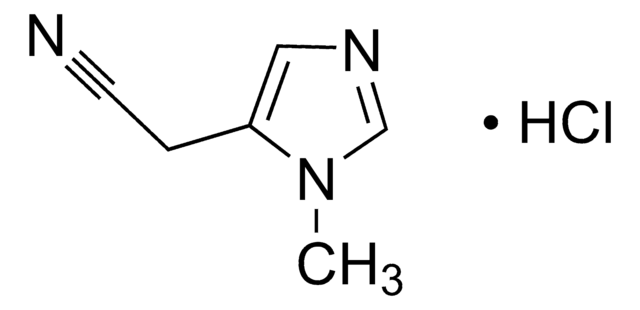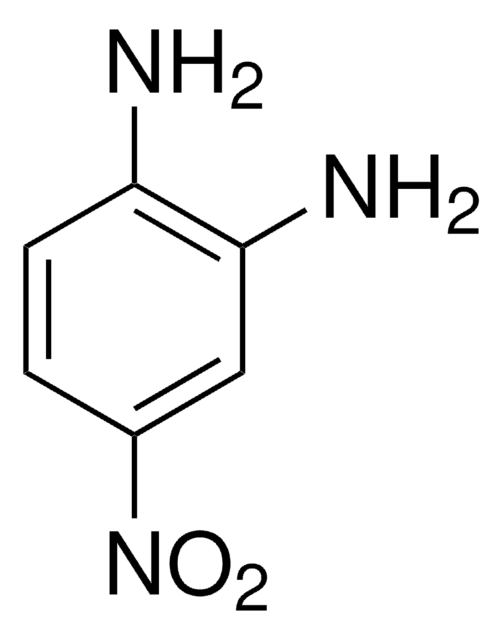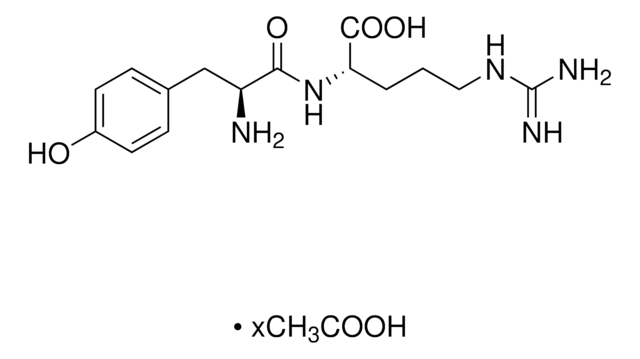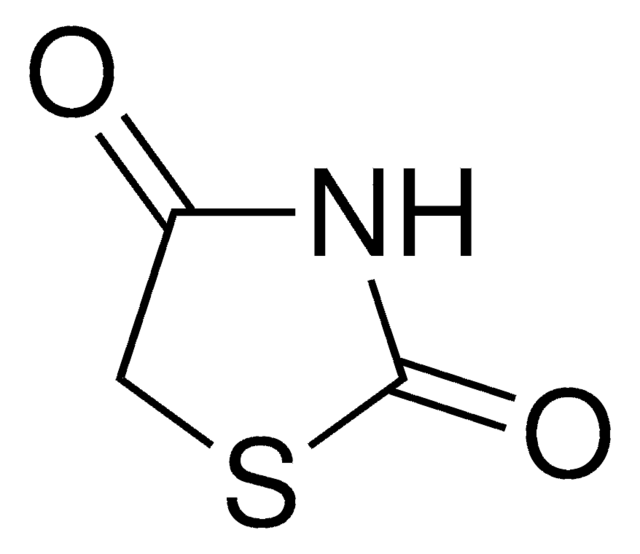CRM04144
2,3-Dichloro-1,4-naphthoquinone
certified reference material, TraceCERT®, Manufactured by: Sigma-Aldrich Production GmbH, Switzerland
Sinónimos:
2,3-Dichloro-1,4-naphthoquinone, Dichlon
About This Item
Productos recomendados
grado
certified reference material
TraceCERT®
Nivel de calidad
Línea del producto
TraceCERT®
caducidad
limited shelf life, expiry date on the label
fabricante / nombre comercial
Manufactured by: Sigma-Aldrich Production GmbH, Switzerland
mp
194-197 °C (lit.)
cadena SMILES
ClC1=C(Cl)C(=O)c2ccccc2C1=O
InChI
1S/C10H4Cl2O2/c11-7-8(12)10(14)6-4-2-1-3-5(6)9(7)13/h1-4H
Clave InChI
SVPKNMBRVBMTLB-UHFFFAOYSA-N
¿Está buscando productos similares? Visita Guía de comparación de productos
Descripción general
Dichlone is a fungicide that belongs to the quinone class. Dichlone alters the permeability of the cell membrane in fibroblastic cells. It rapidly enters the cell and stimulates oxygen uptake.
Dichlone is not approved in the European Union. A default MRL of 0.01 mg/kg has been set according to Art 18(1)(b) Reg 396/2005.
Dichlone is used to control various fungi in fruit, vegetables, ornamentals, and field crops, particularly blossom blights, scab in apples and pears, and brown rot in stone fruit.
Aplicación
- To evaluate the toxicity of some naturally occurring quinones and easily synthesized quinone derivatives on the two-spotted spider mite and three aphid species in laboratory and greenhouse conditions
- To assess antifeedant and toxic effects of selected quinones against the cabbage looper, Trichoplusia ni larvae
- Evaluation of four 1,4-naphthoquinones and 10 pyrimidinone-fused 1,4-naphthoquinones for antimicrobial activity against drug-resistant oral bacteria
- To determine the effectiveness of the use of Supercritical Fluid Extraction (SFE) and Supercritical Fluid Chromatography (SFC) techniques in the analysis of the levels of pesticide residues in canned foods, vegetables, and fruits
Productos recomendados
Información legal
Palabra de señalización
Danger
Frases de peligro
Consejos de prudencia
Clasificaciones de peligro
Acute Tox. 3 Oral - Aquatic Acute 1 - Aquatic Chronic 1 - Eye Irrit. 2 - Skin Irrit. 2
Código de clase de almacenamiento
6.1C - Combustible acute toxic Cat.3 / toxic compounds or compounds which causing chronic effects
Clase de riesgo para el agua (WGK)
WGK 3
Punto de inflamabilidad (°F)
Not applicable
Punto de inflamabilidad (°C)
Not applicable
Elija entre una de las versiones más recientes:
Certificados de análisis (COA)
¿No ve la versión correcta?
Si necesita una versión concreta, puede buscar un certificado específico por el número de lote.
¿Ya tiene este producto?
Encuentre la documentación para los productos que ha comprado recientemente en la Biblioteca de documentos.
Nuestro equipo de científicos tiene experiencia en todas las áreas de investigación: Ciencias de la vida, Ciencia de los materiales, Síntesis química, Cromatografía, Analítica y muchas otras.
Póngase en contacto con el Servicio técnico










